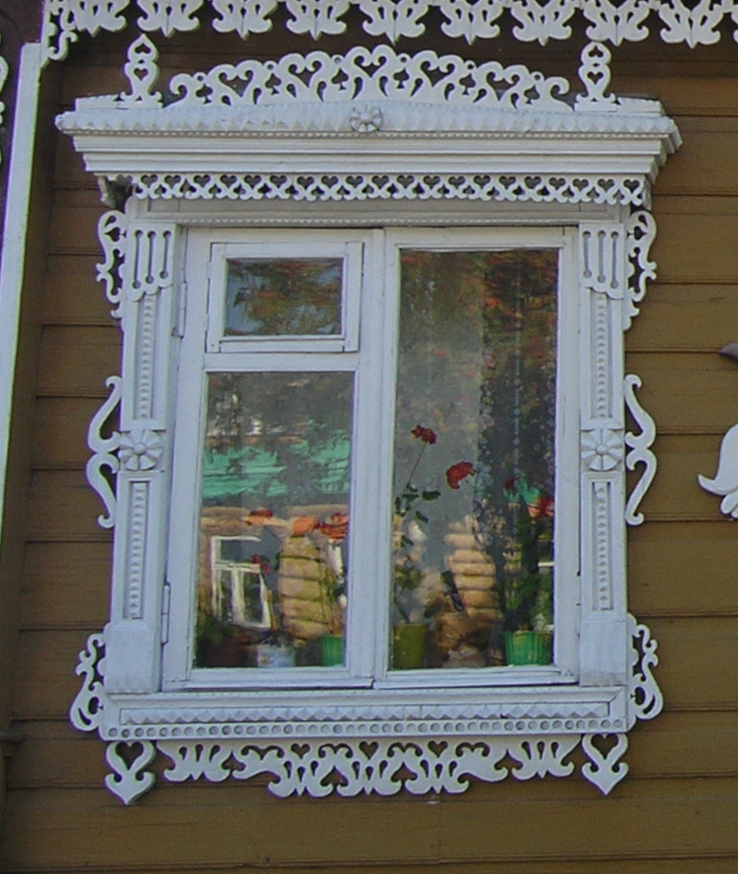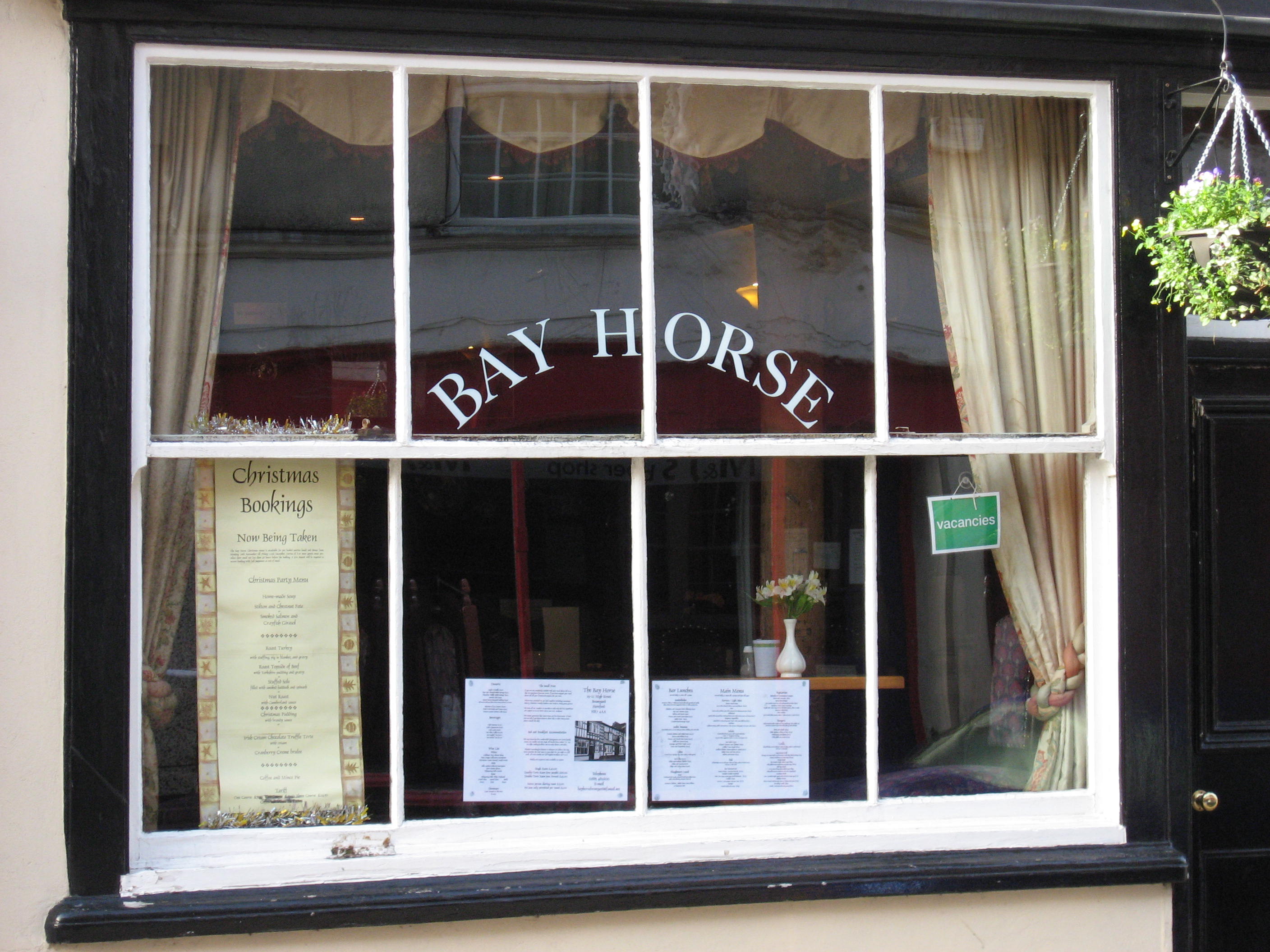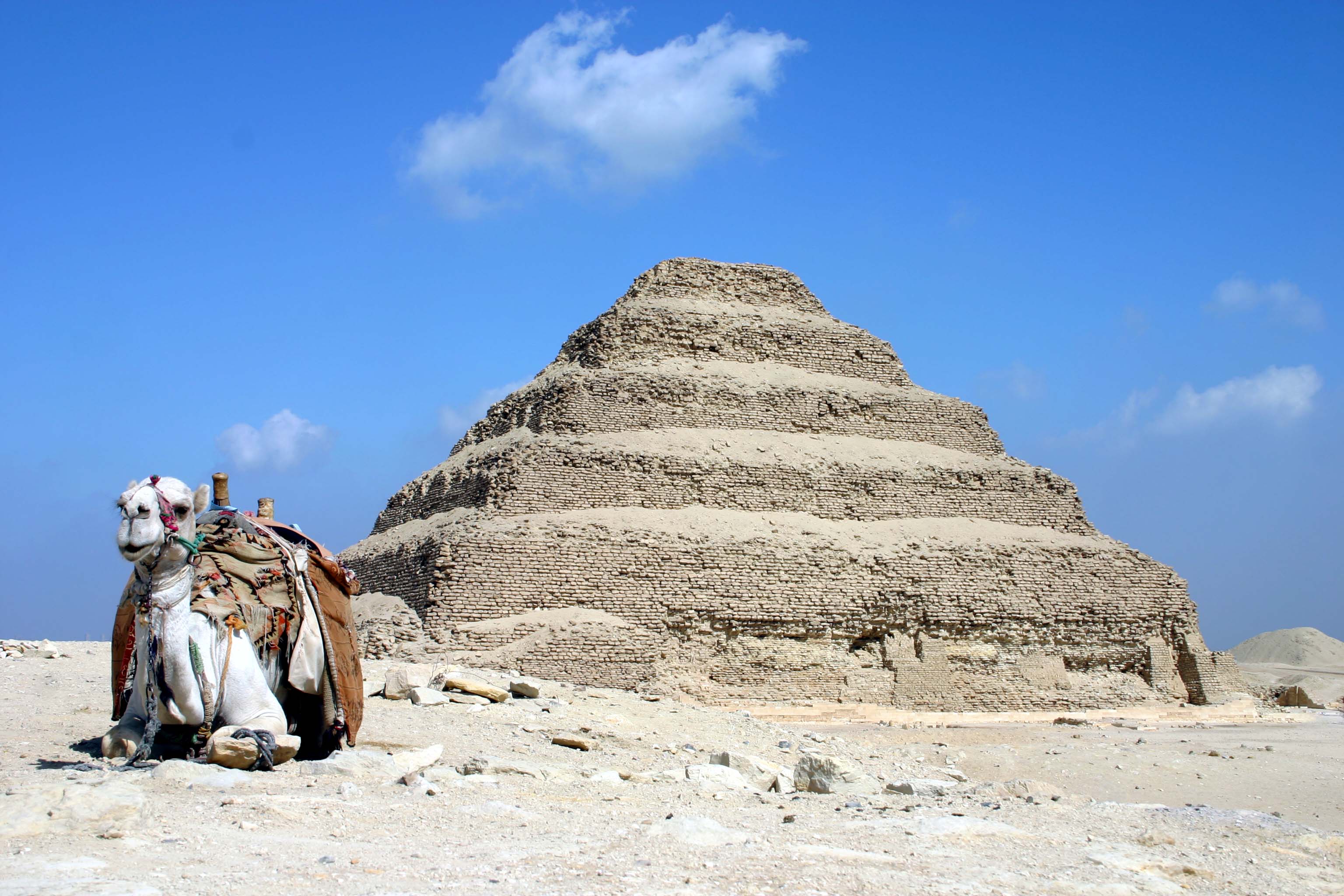|
Fortochka
A fortochka ( rus, фо́рточка, p=ˈfortətɕkə, a=Ru-форточка.ogg) is a small ventilation window generally not greater than 35x45 cm. It usually spans the frame of one window pane and opens on hinges independently of the whole window. Fortochkas are in common use in Russia, other post-Soviet states (, ), and Finland (). A fortochka can be used for ventilation during cold winters, when opening a whole window would be impractical for heat conservation purposes. The window was designed by Italian architect Francesco Bartolomeo Rastrelli for the Winter Palace in St. Petersburg in 1754. Cultural significance The true origin of the word appears lost, but its nearest relative appears to be the German , for "gate" or "gap". Someone referred to as a "fortochnik" is a criminal specializing in the challenging art of sneaking into and out of a fortochka. In the realm of dream interpretation, fortochkas have at least four roles – a broken one indicates a wasted effort; a d ... [...More Info...] [...Related Items...] OR: [Wikipedia] [Google] [Baidu] |
Window
A window is an opening in a wall, door, roof, or vehicle that allows the exchange of light and may also allow the passage of sound and sometimes air. Modern windows are usually glazed or covered in some other transparent or translucent material, a sash set in a frame in the opening; the sash and frame are also referred to as a window. Many glazed windows may be opened, to allow ventilation, or closed to exclude inclement weather. Windows may have a latch or similar mechanism to lock the window shut or to hold it open by various amounts. Types include the eyebrow window, fixed windows, hexagonal windows, single-hung, and double-hung sash windows, horizontal sliding sash windows, casement windows, awning windows, hopper windows, tilt, and slide windows (often door-sized), tilt and turn windows, transom windows, sidelight windows, jalousie or louvered windows, clerestory windows, lancet windows, skylights, roof windows, roof lanterns, bay windows, oriel windows, ... [...More Info...] [...Related Items...] OR: [Wikipedia] [Google] [Baidu] |
Sash Window
A sash window or hung sash window is made of one or more movable panels, or "sashes". The individual sashes are traditionally paned windows, but can now contain an individual sheet (or sheets, in the case of double glazing) of glass. History The oldest surviving examples of sash windows were installed in England in the 1670s, for example at Palace House, and Ham House.Louw, HJ, ''Architectural History'', Vol. 26, 1983 (1983), pp. 49–72, 144–15JSTOR The invention of the sash window is sometimes credited, without conclusive evidence, to Robert Hooke. Others see the sash window as a Dutch invention. H.J. Louw believed that the sash window was developed in England, but concluded that it was impossible to determine the exact inventor. The sash window is often found in Georgian and Victorian houses, and the classic arrangement has three panes across by two up on each of two sash, giving a ''six over six'' panel window, although this is by no means a fixed rule. Innumerable ... [...More Info...] [...Related Items...] OR: [Wikipedia] [Google] [Baidu] |
Transom (architecture)
In architecture, a transom is a transverse horizontal structural beam or bar, or a crosspiece separating a door from a window above it. This contrasts with a mullion, a vertical structural member. Transom or transom window is also the customary U.S. word used for a transom light, the window over this crosspiece. In Britain, the transom light is usually referred to as a fanlight, often with a semi-circular shape, especially when the window is segmented like the slats of a folding hand fan. A prominent example of this is at the main entrance of 10 Downing Street, the official residence of the Prime Minister of the United Kingdom. History In early Gothic ecclesiastical work, transoms are found only in belfry unglazed windows or spire lights, where they were deemed necessary to strengthen the mullions in the absence of the iron stay bars, which in glazed windows served a similar purpose. In the later Gothic, and more especially the Perpendicular Period, the introduction of tran ... [...More Info...] [...Related Items...] OR: [Wikipedia] [Google] [Baidu] |
Paned Window (architecture)
In architecture, a paned window is a window that is divided into panes of glass, usually rectangular pieces of glass that are joined to create the glazed element of the window. Window panes are often separated from other panes (or "lights") by lead strips, or glazing bars, moulded wooden strips known as muntins in the US. Paned windows originally existed because of the difficulty of making large flat sheets of glass using traditional glassblowing techniques, which typically did not produce flat sheets larger than 8 inches square. Modern glass manufacturing process such as float glass Float glass is a sheet of glass made by floating molten glass on a bed of molten metal of a low melting point, typically tin, although lead was used for the process in the past. This method gives the sheet uniform thickness and a very flat surfa ... make window panes unnecessary, but paned windows are still used as an architectural feature for aesthetic reasons. References Architecture Wind ... [...More Info...] [...Related Items...] OR: [Wikipedia] [Google] [Baidu] |
Hinge
A hinge is a mechanical bearing that connects two solid objects, typically allowing only a limited angle of rotation between them. Two objects connected by an ideal hinge rotate relative to each other about a fixed axis of rotation, with all other translations or rotations prevented; thus a hinge has one degree of freedom. Hinges may be made of flexible material or moving components. In biology, many joints function as hinges, such as the elbow joint. History Ancient remains of stone, marble, wood, and bronze hinges have been found. Some date back to at least Ancient Egypt, although it is nearly impossible to pinpoint exactly where and when the first hinges were used. In Ancient Rome, hinges were called cardō and gave name to the goddess Cardea and the main street Cardo. This name cardō lives on figuratively today as "the chief thing (on which something turns or depends)" in words such as ''cardinal''. According to the Oxford English Dictionary, the English word ''h ... [...More Info...] [...Related Items...] OR: [Wikipedia] [Google] [Baidu] |
Russia
Russia, or the Russian Federation, is a country spanning Eastern Europe and North Asia. It is the list of countries and dependencies by area, largest country in the world, and extends across Time in Russia, eleven time zones, sharing Borders of Russia, land borders with fourteen countries. Russia is the List of European countries by population, most populous country in Europe and the List of countries and dependencies by population, ninth-most populous country in the world. It is a Urbanization by sovereign state, highly urbanised country, with sixteen of its urban areas having more than 1 million inhabitants. Moscow, the List of metropolitan areas in Europe, most populous metropolitan area in Europe, is the capital and List of cities and towns in Russia by population, largest city of Russia, while Saint Petersburg is its second-largest city and Society and culture in Saint Petersburg, cultural centre. Human settlement on the territory of modern Russia dates back to the ... [...More Info...] [...Related Items...] OR: [Wikipedia] [Google] [Baidu] |
Post-Soviet States
The post-Soviet states, also referred to as the former Soviet Union or the former Soviet republics, are the independent sovereign states that emerged/re-emerged from the dissolution of the Soviet Union in 1991. Prior to their independence, they existed as Republics of the Soviet Union, Union Republics, which were the top-level constituents of the Soviet Union. There are 15 post-Soviet states in total: Armenia, Azerbaijan, Belarus, Estonia, Georgia (country), Georgia, Kazakhstan, Kyrgyzstan, Latvia, Lithuania, Moldova, Russia, Tajikistan, Turkmenistan, Ukraine, and Uzbekistan. Each of these countries succeeded their respective Union Republics: the Armenian Soviet Socialist Republic, Armenian SSR, the Azerbaijan Soviet Socialist Republic, Azerbaijan SSR, the Byelorussian Soviet Socialist Republic, Byelorussian SSR, the Estonian Soviet Socialist Republic, Estonian SSR, the Georgian Soviet Socialist Republic, Georgian SSR, the Kazakh Soviet Socialist Republic, Kazakh SSR, the Kirghiz ... [...More Info...] [...Related Items...] OR: [Wikipedia] [Google] [Baidu] |
Finland
Finland, officially the Republic of Finland, is a Nordic country in Northern Europe. It borders Sweden to the northwest, Norway to the north, and Russia to the east, with the Gulf of Bothnia to the west and the Gulf of Finland to the south, opposite Estonia. Finland has a population of 5.6 million. Its capital and largest city is Helsinki. The majority of the population are Finns, ethnic Finns. The official languages are Finnish language, Finnish and Swedish language, Swedish; 84.1 percent of the population speak the first as their mother tongue and 5.1 percent the latter. Finland's climate varies from humid continental climate, humid continental in the south to boreal climate, boreal in the north. The land cover is predominantly boreal forest biome, with List of lakes of Finland, more than 180,000 recorded lakes. Finland was first settled around 9000 BC after the Last Glacial Period, last Ice Age. During the Stone Age, various cultures emerged, distinguished by differen ... [...More Info...] [...Related Items...] OR: [Wikipedia] [Google] [Baidu] |
Francesco Bartolomeo Rastrelli
Francesco Bartolomeo Rastrelli (; 1700 – 29 April 1771) was an Italian architect who worked mainly in Russia. He developed an easily recognizable style of Late Baroque, both sumptuous and majestic. His major works, including the Winter Palace in Saint Petersburg and the Catherine Palace in Tsarskoye Selo, are famed for extravagant luxury and opulence of decoration. Biography Rastrelli was born in 1700 in Paris, where his father, Carlo Bartolomeo Rastrelli (1675–1744), a Florentine sculptor and architect who had trained in Rome, was active. Nothing is known about Francesco's Parisian years, but it seems certain that the young man trained and worked in his father's workshop. In 1716, Bartolomeo moved to Saint Petersburg, which became a new Russian capital just a four years before, accompanying his father. His ambition was to combine the latest Italian architectural fashion with traditions of the Muscovite Baroque style. The first important commission came in 1721 when he ... [...More Info...] [...Related Items...] OR: [Wikipedia] [Google] [Baidu] |
Wicket Gate
A wicket gate, or simply a wicket, is a pedestrian door or gate, particularly one built into a larger door or into a wall or fence. Use in fortifications Wickets are typically small, narrow doors either alongside or within a larger castle or city gate. The latter were often double gates, large and heavy, designed to allow the passage of wagons, coaches and horsemen. The purpose of wickets was to avoid the risk of having to open the main gates to the castle or city for just one or two individuals on foot. Because the wicket was only one person wide, it only allowed entry one at a time and enabled the guards to better control access. In the Middle Ages the narrow doors in the city walls also enabled late arrivals to gain entry after the main gates had been closed. If the small entrance in the door of a large gate has a high threshold, it may be called a manway. If it is a separate, narrow entrance next to the main gate, it may be called a pedestrian entrance. This type of doub ... [...More Info...] [...Related Items...] OR: [Wikipedia] [Google] [Baidu] |
Architectural Elements
:''The following Outline (list), outline is an overview and topical guide to architecture:'' Architecture – the process and the product of designing and constructing buildings. Architectural works with a certain indefinable combination of design quality and external circumstances may become cultural symbols and / or be considered works of art. What type of thing is architecture? Architecture can be described as all of the following: * Academic discipline – focused study in one academic field or profession. A discipline incorporates expertise, people, projects, communities, challenges, studies, inquiry, and research areas that are strongly associated with the given discipline. * Buildings – buildings and similar structures, the product of architecture, are referred to as architecture. * One of the arts – as an art form, architecture is an outlet of human expression, that is usually influenced by culture and which in turn helps to change culture. Archit ... [...More Info...] [...Related Items...] OR: [Wikipedia] [Google] [Baidu] |







